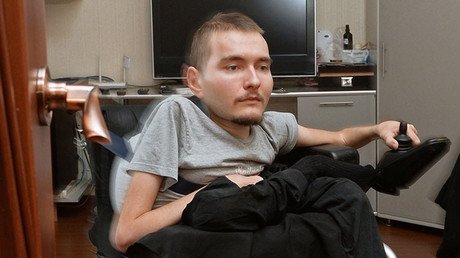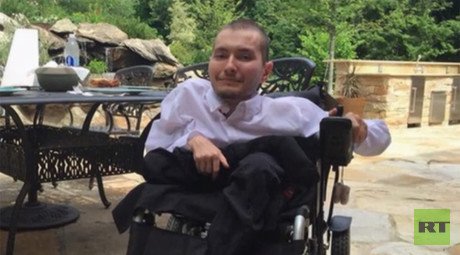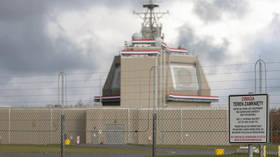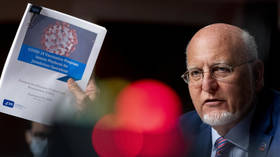World’s first head transplant to be carried out on Chinese patient next year
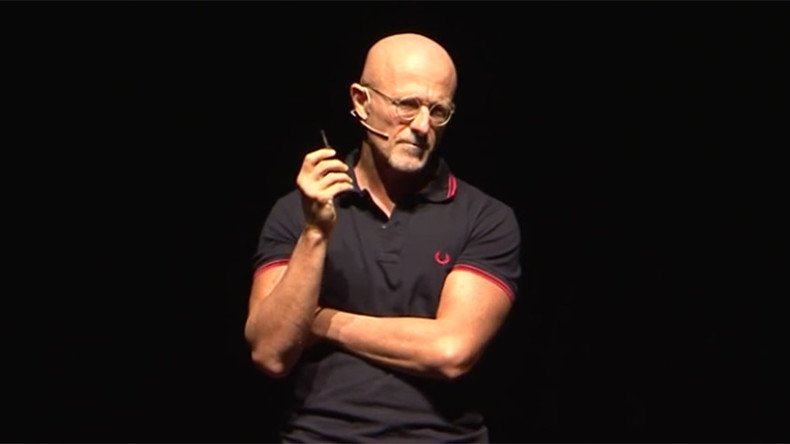
Italian neurosurgeon Dr. Sergio Canavero has announced that a Chinese patient will receive the world’s first head transplant in December 2017 - if the surgeon can receive the funding and approval.
Canavero told the Times of India that the technology and team to perform the surgery is ready, meaning funding and ethical approval are the remaining hurdles to the potentially ground-breaking operation.
He also optimistically suggested that the patient could be up and walking again within a year of the extraordinary surgery.
“We're looking at a date around Christmas 2017 to perform the transplant in China. The Chinese team has already experimented on human cadavers to hone the technology," Dr. Canavero revealed.
Canavero said his first patient will be Chinese despite previously suggesting it would be Valery Spiridonov, a Russian tech scientist who suffers from a rare muscle-wasting disorder. Canavero had pointed out that Spiridonov could not receive a donor body in China due to biological and ethical reasons.
‘Enough time’
The surgery is inherently high-risk, but Canavero believes the operation’s success lies in cooling both the donor and the recipient down to 12 degrees Celsius (53 Fahrenheit) so that cells do not die of oxygen starvation during the procedure.
"This'll give enough time to cut the tissue around each neck and link the major blood vessels through tiny tubes," says Dr Canavero.
Once the head is connected, the patient will be kept in an induced coma for several weeks “to limit movement of the newly fused neck, while electrodes stimulate the spinal cord to strengthen its new connections.”
When the patient is awoken from the coma, they will be able to move and speak with the same voice immediately, and - following intensive physiotherapy - walk within a year, says Canavero.
“Risk is part of life. But risks can be contained in this kind of surgery,” Canavero previously told RT.
Canavero says his Chinese partner Xiaoping Ren already successfully carried out an animal head transplant on a monkey in January.
According to the Italian, the monkey survived the transplant without any neurological injury for 20 hours before being euthanized for ethical reasons. However, that operation cannot be considered a ‘full’ head transplant as the team did not attempt to join the spinal cords and the animal would have been completely paralyzed.
Canavero plans to unveil his international team of doctors from Russia, China and South Korea at a meeting of neurosurgeons in Maryland, USA this June.
